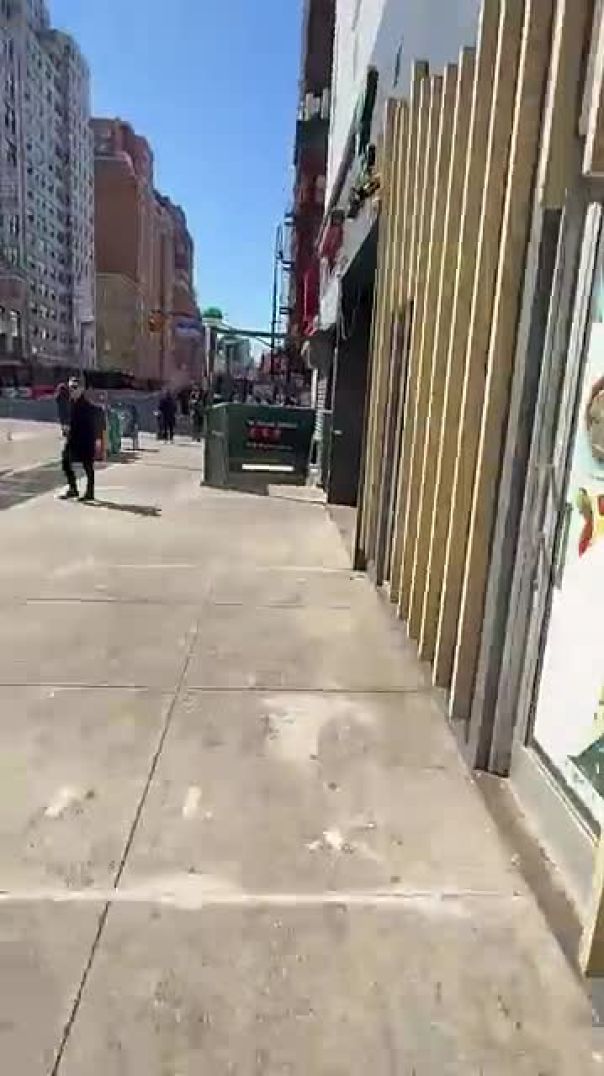9 Views· 23 October 2022
The Tropical Giant on the Brink of Extinction
On the islands of São Tomé and Príncipe live a population of giants... Well, giants by snail standards. The endemic Obô Giant Snail (Archachatina bicarinatais) used to be abundant on the islands, however in the past couple of decades its numbers have fallen by approximately 75%.
That's where Mossy Earth and our partners (Fundação Príncipe, Forest Giants Project, Alisei ONG, FCUL, cE3c and CoBiG2) come in. The first single-species action plan dedicated to this species aims to understand more about the threats it faces and how we can help it bounce back.
Thumbnail image from Estrela Matilde/Fundação Príncipe
Join our Discord server: https://discord.gg/PrppEHkabM
🙌 Subscribe to Mossy Earth: https://www.youtube.com/c/Moss....yEarth?sub_confirmat
START REWILDING OUR PLANET TODAY
===============================
With us, you will restore nature and fight climate change every month
🌲 Plant native trees to capture carbon
🐺 Rewild habitats to support biodiversity
🐉 Support underfunded species and ecosystems
Become a Mossy Earth Member: https://mossy.earth !
⏱️TIMESTAMPS⏱️
0:00 Introduction
0:25 Why should we care?
1:06 What are the threats?
2:23 How are we helping?
3:07 The risk of silent extinction
3:37 How you can help!
4:09 Someone out there must love snails as much as us... Right?
ABOUT THIS PROJECT
===============================
40% of all recorded extinctions since 1500 have been freshwater and land snail species, and that trend only seems to worsen as time goes on. That's why we here at Mossy Earth and our partners in this project are doing all we can to ensure the Obô Giant Snail won't be joining that ever growing list of extinctions. That's far easier said than done though, with threats ranging from habitat degradation and overharvesting to invasive species and disease.
The existing population has declined by approximately 75% in the past couple of decades, and its range has decreased by an estimated 40% on Príncipe and 50% on São Tomé. We don't know exactly how many snails are left in the wild, but the picture looks bleak. While the species is listed as Vulnerable on the IUCN Red List, it was last assessed in 1996, and knowing what we now know a revision to Endangered has been recommended.
So how are we helping? Well we're funding three activities under the first single-species action plan dedicated to the snail. The first, with Fundação Príncipe, surveys the most inaccessible areas of the island’s forests in an effort to greater understand the distribution and ecology of the species.
The second, with the Forest Giants Project and Alisei ONG, supports the Obo Giant Snail’s conservation centre (Jardim Botânico do Bom Sucesso) to find out more about its diet, reproduction, and the diseases that are threatening it.
The third is developed with Lisbon University and aims to understand more about the genetics of the species and which areas have the greatest genetic diversity, so that we can know what locations are the most critical for conservation.
Species like this often silently go extinct. Unless they're exceptional in some easily-noticed way, like this snail is in regards to its size, they'll likely go unnoticed and without help. While we do what we can to support underfunded creatures, we still need to be selective with what we do and we simply can't help everything, no matter how much we want to. While supporting us helps, the absolute best thing each and every one of us can do is to start at home, even if it's as simple as making your garden more friendly to wildlife! If we can all help our own local ecosystems and native species to recover before they need big projects devoted to them, the world will be a much more biologically diverse place in the future!
#MossyEarth #Rewilding #OboGiantSnail



























0 Comments